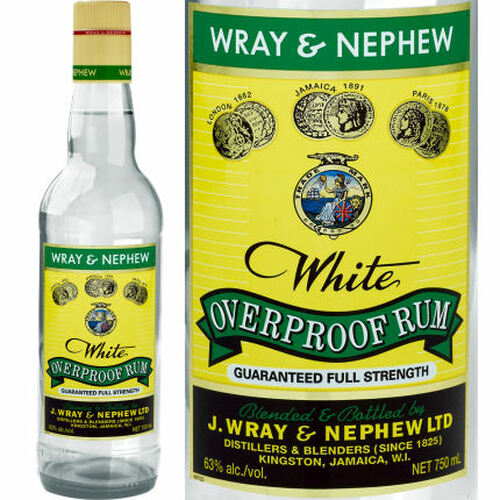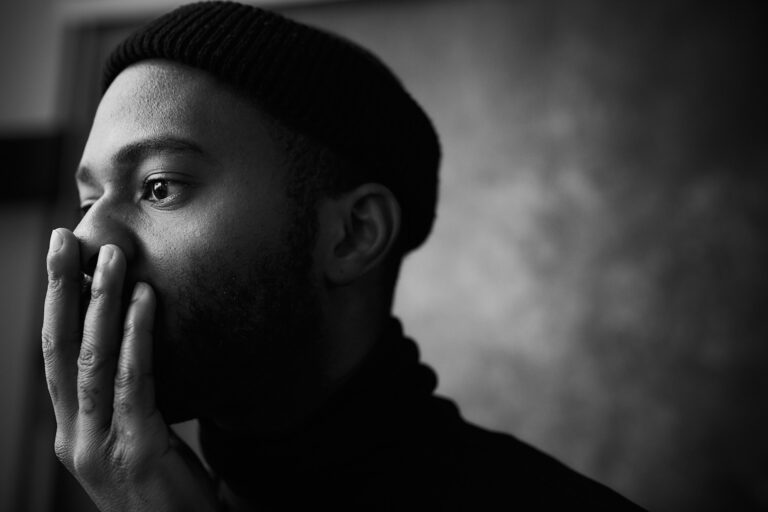Lester Holt is one of the most recognizable and respected journalists in American media today. As the anchor of NBC Nightly News and Dateline NBC, he has earned a reputation for his integrity, calm demeanor, and insightful reporting. However, beyond his illustrious career, Holt’s background and heritage play a significant role in shaping the man he is today. His Jamaican roots, combined with his dedication to journalism, have helped him break barriers and become a beacon of excellence in the industry.
Jamaican Heritage and Upbringing
Lester Don Holt Jr. was born on March 8, 1959, in Marin County, California, to an African American father, Lester Holt Sr., and a Jamaican mother, June Holt (née DeRozario). His maternal grandparents were of mixed Indian, English, and African descent, a reflection of Jamaica’s rich and diverse cultural heritage. This blend of backgrounds contributed to his unique perspective and deep appreciation for diversity.
Growing up, Holt was immersed in his Jamaican heritage through family traditions, cuisine, and values instilled by his mother. He has spoken about the importance of discipline, resilience, and hard work—qualities that are deeply embedded in Jamaican culture. These values helped propel him through his career, even in moments of adversity.
A Trailblazing Career in Journalism
Holt’s journey in journalism began in radio before transitioning to television news. He attended California State University, Sacramento, but left before graduating to take a full-time job at a radio station. His early days in broadcasting included stints at CBS affiliates before joining NBC in 2000.
Over the years, he has covered major global and domestic stories, from natural disasters to political elections and international conflicts. His ability to remain composed under pressure has earned him widespread acclaim. In 2015, Holt made history by becoming the first African American solo anchor of a weekday network nightly newscast when he took over NBC Nightly News.
His career has been decorated with numerous awards, including multiple Emmy Awards and the prestigious Walter Cronkite Award for Excellence in Journalism. Beyond his technical skills, Holt is known for his ability to connect with viewers in an authentic and trustworthy manner.
A Life Philosophy Rooted in Integrity
Holt’s approach to journalism—and life—is rooted in integrity, curiosity, and fairness. He has consistently emphasized the importance of truth and objectivity in journalism, believing that news should inform rather than influence. His balanced and thoughtful reporting style has earned him credibility among audiences across the political spectrum.
In interviews, he often credits his family, including his Jamaican heritage, for instilling in him the drive to persevere and maintain humility. He has also spoken about the significance of representation in media and the responsibility he feels as a trailblazer for journalists of color.
Honoring His Roots and Inspiring the Future
Lester Holt’s story is one of perseverance, excellence, and cultural pride. His Jamaican roots have played an essential role in shaping his values, work ethic, and dedication to storytelling. As he continues to lead one of the most-watched news programs in America, he serves as an inspiration to aspiring journalists, particularly those from diverse backgrounds.
Holt’s legacy is not just in the stories he reports but also in the doors he has opened for future generations. Whether through his journalism or his personal philosophy, he exemplifies the power of heritage, integrity, and unwavering commitment to the truth.












